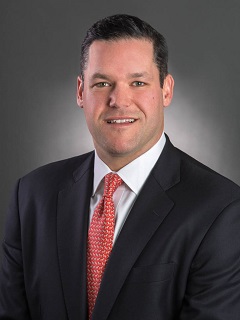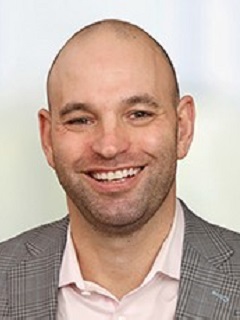Commercial lending transformation: more than technology—A market scan
KPMG 2022 Commercial Lending Survey

Today, commercial lenders are facing a number of pressing and complex challenges, including the remaining effects of COVID-19, constantly evolving regulatory requirements, increased competition, and the high demand for talent. Commercial lending leaders can also look to countless opportunities to transform how they do things with an aim of being better positioned to meet those challenges. These solutions range from new loan and sales platforms, integrating automation and/or complex artificial intelligence, and data strategies (including big data), to redesign or reconfiguration of lending operating models.
KPMG surveyed executives at more than 100 financial institutions that operate across the United States and internationally to learn more about how commercial lending leaders are viewing transformation, benefiting from transformation, and prioritizing their efforts to continue transformation.
Rethinking the operating model
Organizations that refine their operating model to better align their business strategy and risk appetite and enhance the ways credit risk is monitored and controlled, will be in the best position to gain efficiency and successfully scale their lending businesses.
When considering the commercial lending organization’s priorities in transforming its operating model and processes, what are the most important drivers of this transformation?
Where do our people fit in transformation efforts?
When organizations focus on transformation, it is often people who are impacted the most. Organizations that can assess the impact of operational and technological change on their people will be better suited to identify ways to empower their people by giving them the right skills to ensure their transformation efforts are successful.
Looking ahead to the near future, how do you envision the evolution of the skill set needed by your commercial lending professionals to meet the dynamic business needs of the banking environment?
Specialized skills versus broader skills
Traditional credit skills versus new age technology skills
Use of tools and technology by your people
Clean and reliable data is key
The ability of lenders to utilize data is limited by their ability to collect clean and reliable data. The ability to collect data goes back to the core review processes, and many respondents indicate that this process remains inefficient. Our survey takes a pulse on what lending functions are doing to better manage data.
Does the commercial lending organization have a strategy for collecting more data from borrower documents collected for review processes, either digitally or with other methods, so that more of this data can be leveraged to inform future credit decisioning or risk management?
Technology and automation
As with operating model and data optimization, respondents were most likely to identify loss mitigation functions as being areas that would most benefit from technology. Technology investment is often most likely to be directed toward revenue generating and first line of defense activities, and often the methods for performing review activities within the second and third line of defense haven’t materially shifted.
When evaluating your end-to-end process for commercial loan evaluation and delivery, what areas of the commercial lending organization and its processes would likely most benefit from new tools and technologies? Select up to three.
ESG to affect consumer lending
Environmental, Social, and Governance (ESG) concerns are a rapidly evolving topic, and how they will ultimately effect commercial lenders remains unclear. Commercial lenders are not only being challenged to understand the expectations of the marketplace and shareholders but are also evaluating how to institute policies and processes to be best positioned to comply with forthcoming requirements.
Commercial lending frameworks respondents plan to implement in the next 12 months.
About survey participants
This survey, which was completed by 106 commercial lending leaders at 106 U.S. and Global financial institutions, was designed to bring a perspective on how institutions view credit transformation, and where they are on their transformation journeys.
Organization size (total assets):
Respondent role:
Dive into our thinking:
Explore findings in the KPMG 2022 Commercial Lending survey
Download surveyMeet our team



